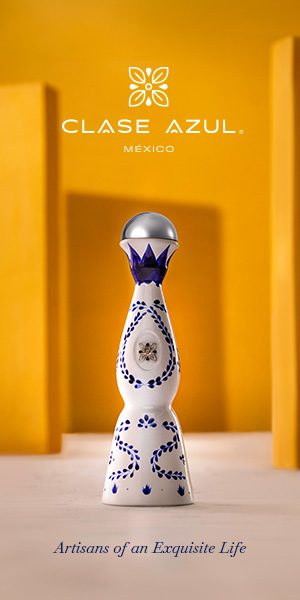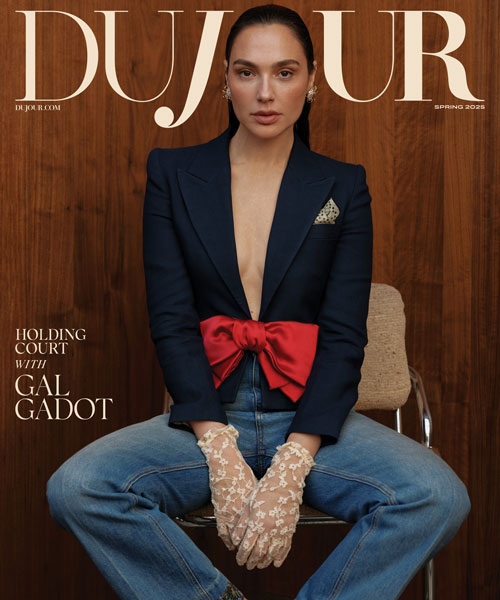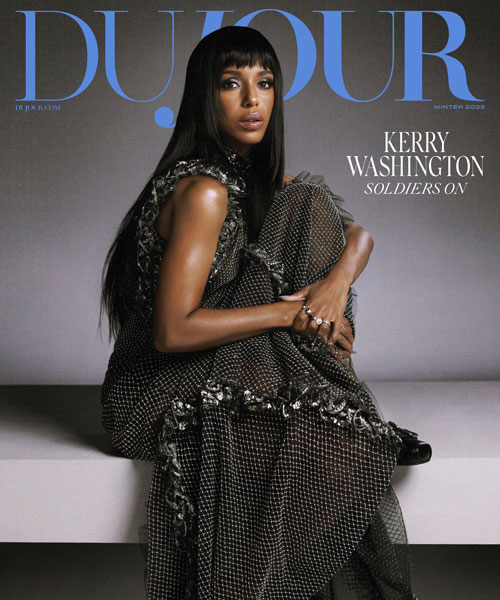Portrait of a Self-Taught Art Collector
The surprising truths of what motivates Rosette Delug, connoisseur of contemporary art
Written by George Epaminondas
Photographed by Douglas Friedman
Sigmar Polke's Untitled (2001-6) shines bright in Delug's hallway.







